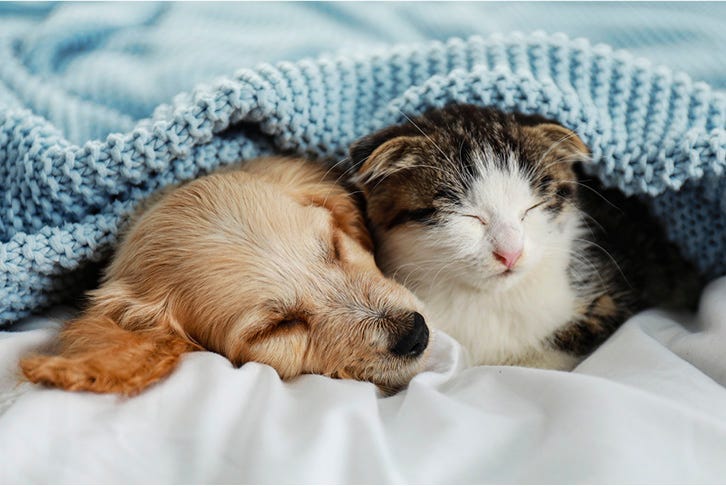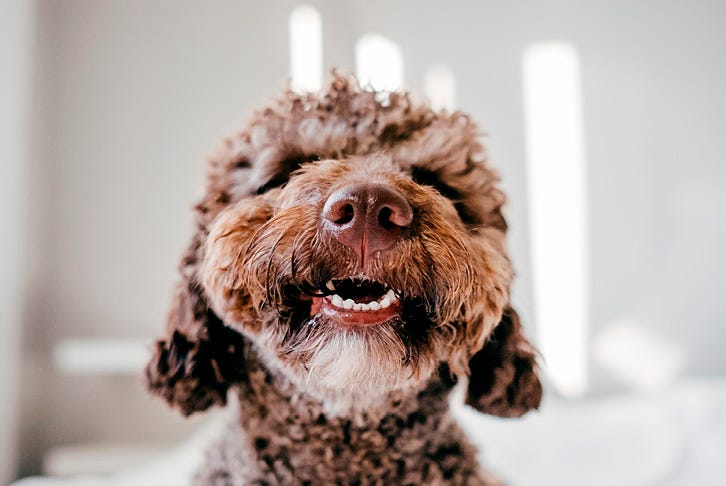Lumps and bumps are not normal
Did you know that over 36% of lumps in dogs and 58% of lumps in cats are bad cancers that can spread?
Lumps and bumps on pets are common, but not normal. Sometimes they are harmless, but sometimes they are a sign that something more sinister may be going on. Please don’t leave lumps to chance – early detection can mean a better outcome for your furry friend.
What are lumps on pets?
Whilst lumps on pets are more frequently seen in older pets, younger animals can sometimes get them as well. Any lump or bump needs to be checked. They don’t go away by themselves, and whilst common, they are not normal. It is recommended that you check your pet’s body on a regular basis. This will allow you to become more familiar with what’s normal and recognise any changes that occur.

Checking for lumps on pets
You can check for lumps on your pet by running your fingers through their coat starting with their head, then moving down their back, sides, chest, belly, and finishing down their legs. If you feel something unusual, notice a new lump or notice that a lump has changed in size, shape or colour, we highly recommend that you have it looked at by your local Animates Vetcare vet. Although some lumps may not cause a concern, some can be very dangerous if left untreated.
How can I tell if a lump on my pet is cancer?
You cannot tell whether a lump is cancerous just by looking at it. Your vet will examine the lump and recommend the most appropriate testing moving forward. They will also examine your pet to see if they are healthy and if there are any other growths present. A biopsy is the best way to diagnose whether a lump is harmful or not. This involves putting a small needle into the affected area to collect cells or by sampling the lump as a first step. These results will help guide the vet with next steps and allow decisions to be made about the best treatment for your pet.
Types of cancers - benign or malignant
Benign – benign lumps may grow but usually, do not spread. Some growths may cause issues depending on where they occur. If they restrict movement, cause discomfort, or affect your pet’s daily activities, they will need to be removed.
Malignant – malignant lumps are more aggressive lumps which grow and can spread through the body and affect organs like the lungs and liver. Malignant growths must be removed before they spread elsewhere.
What are the treatments?
Treatment generally involves surgical removal. However, if the lump is malignant, your vet will need to make sure that cancer hasn’t spread to other parts of your pet’s body. Radiographs (X-rays), ultrasounds, and other diagnostic procedures may be required.
A final word on lumps and bumps...
A watchful eye is rewarded. Noticing changes in your pet’s health, including the appearance of lumps and bumps on their coat, can lead to early diagnosis and successful treatment. Always check with your vet if you notice any changes, or if you have any concerns about your pet’s wellbeing.
What are lumps on pets?
Whilst lumps on pets are more frequently seen in older pets, younger animals can sometimes get them as well. Any lump or bump needs to be checked. They don’t go away by themselves, and whilst common, they are not normal. It is recommended that you check your pet’s body on a regular basis. This will allow you to become more familiar with what’s normal and recognise any changes that occur.
 Checking for lumps on pets
Checking for lumps on pets
You can check for lumps on your pet by running your fingers through their coat starting with their head, then moving down their back, sides, chest, belly, and finishing down their legs. If you feel something unusual, notice a new lump or notice that a lump has changed in size, shape or colour, we highly recommend that you have it looked at by your local Animates Vetcare vet. Although some lumps may not cause a concern, some can be very dangerous if left untreated.
How can I tell if a lump on my pet is cancer?
You cannot tell whether a lump is cancerous just by looking at it. Your vet will examine the lump and recommend the most appropriate testing moving forward. They will also examine your pet to see if they are healthy and if there are any other growths present. A biopsy is the best way to diagnose whether a lump is harmful or not. This involves putting a small needle into the affected area to collect cells or by sampling the lump as a first step. These results will help guide the vet with next steps and allow decisions to be made about the best treatment for your pet.
Types of cancers - benign or malignant
- Benign: benign lumps may grow but usually, do not spread. Some growths may cause issues depending on where they occur. If they restrict movement, cause discomfort, or affect your pet’s daily activities, they will need to be removed.
- Malignant: malignant lumps are more aggressive lumps which grow and can spread through the body and affect organs like the lungs and liver. Malignant growths must be removed before they spread elsewhere.
What are the treatments?
Treatment generally involves surgical removal. However, if the lump is malignant, your vet will need to make sure that cancer hasn’t spread to other parts of your pet’s body. Radiographs (X-rays), ultrasounds, and other diagnostic procedures may be required.
A final word on lumps and bumps...
A watchful eye is rewarded. Noticing changes in your pet’s health, including the appearance of lumps and bumps on their coat, can lead to early diagnosis and successful treatment. Always check with your vet if you notice any changes, or if you have any concerns about your pet’s wellbeing.
*Source: Gribbles Veterinary. Of removed lump samples, 36% were malignant in dogs and 58% were malignant in cats.












